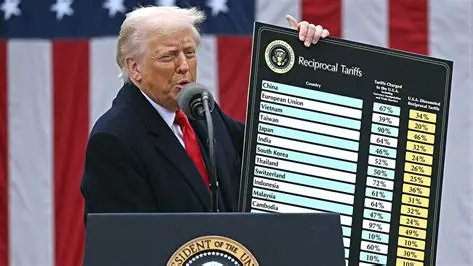
Kenya Wildlife Service (KWS) has unveiled an ambitious programme to expand black rhino habitats across the country to grow the endangered population to 2,000 by 2037.
Speaking at a high-level conservation stakeholders’ meeting in Nanyuki, KWS Director General Erastus Kanga described the Kenya Rhino Range Expansion Initiative (KREI) as a transformative project with far-reaching ecological and socioeconomic impact.
“The Kenya Rhino Range Expansion Initiative is more than a conservation project; it is a once-in-a-generation opportunity to transform Kenya’s ecological and socioeconomic landscape,” Prof Kanga said.
The initiative will open up over 34,000 square kilometres of new, secure and interconnected habitats in Tsavo and central Kenya, easing pressure on overcrowded sanctuaries where territorial conflicts have hindered population growth.
“Current sanctuaries are at full capacity. Overcrowding threatens further expansion and genetic health,” Kanga noted. “KREI will create thriving, connected landscapes that ensure long-term survival and genetic diversity.”
Kenya’s black rhino population has grown impressively from 381 in 1990 to 1,000 in 2024 through sustained conservation efforts. KREI has now set an ambitious national target of 2,000 rhinos by 2037.
Beyond wildlife protection, Kanga revealed that the programme promises significant benefits for local communities like creation 18,000 new jobs in conservation, tourism and ecological enterprises $45 million annually in conservancy revenue $15 million per year in additional tax income.
At the same time, Kanga said that the KREI programme would support the local communities through job creation, where the aim 18,000 jobs, generate $45 million in local conservancy revenue and additional $15 million annually in tax income.
Prof Kanga predicted that KREI would empower Kenyan youth with career pathways in conservation, tourism and green innovation while positioning Kenya as a global leader in sustainable high-value tourism.
“For our youth, it opens new career pathways in conservation, tourism, and ecological innovation. And for our nation, it cements Kenya’s global lead,” said the KWS Director General.
The KREI marks a bold step toward securing the future of one of Africa’s most iconic species and delivering lasting prosperity to the communities that share its landscape.
- A Tell Media / KNA report / Muturi Mwangi





